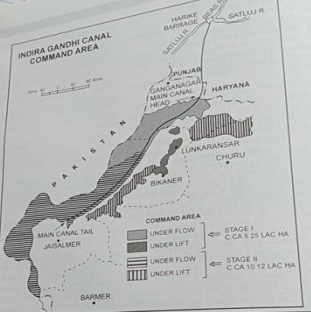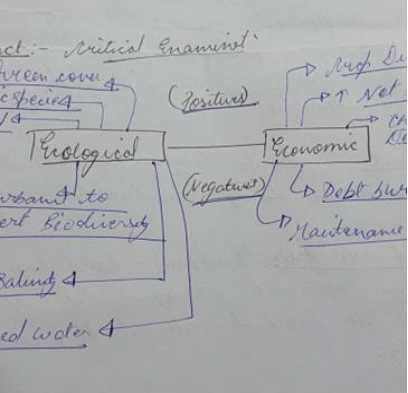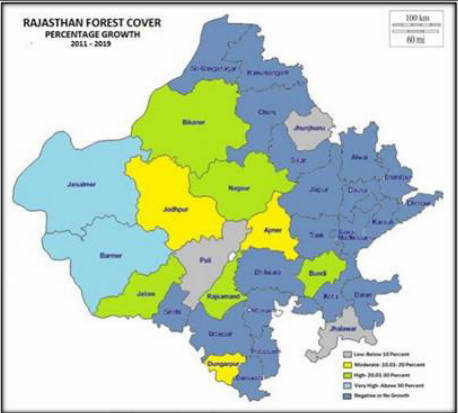
The Indira Gandhi Canal, a colossal irrigation project in northwestern India, has significantly altered the ecological and economic landscape of the regions it traverses. The canal, stretching across the arid terrains of Rajasthan, was designed to bring water from the Sutlej and Beas rivers to transform vast expanses of barren land into fertile agricultural zones. This ambitious endeavor, known as the Indira Gandhi Canal Command Area development, has undeniably had profound effects on both the environment and the economy. As we delve into a critical examination of this massive irrigation project, it becomes imperative to assess the ecological ramifications, including changes in biodiversity, soil quality, and water resources, while also scrutinizing the economic impact on local communities, agricultural practices, and overall regional development. This dual perspective is essential for a comprehensive understanding of the complex interplay between ecological sustainability and economic prosperity within the ambit of the Indira Gandhi Canal Command Area development.
Contents
Answer
The Indira Gandhi canal project is a living example of man’s effort to transform a desert land into a green land of prosperity & plenty, which comes with some ecological & economic impacts.


Ecological impact
Positive
- Afforestation & pasture development -canal and roadside plantation, dune stabilization, pasture development on culturable wasteland.

- Extended range of mesic species Many mesic and water-loving bird species are invading the region from Haryana, Punjab, and Pakistan, Aravalli hills have extended their range into the Thar Desert because of environmental changes brought about by the IG Canal. It reflects a well-balanced supply of moisture throughout the growing season.
- Rising groundwater level -groundwater table rose at the rate of 0.8 m/year, which led to the elimination of drought conditions.
Negatives
- Desert biodiversity disturbed – As many as 153 species of plants, and 22 bird species have disappeared from the irrigated region of the Thar Desert. About 21% of the flora has changed in the Sriganganagar District, where irrigation has been practiced for the past seven decades.
- Soil salinity -In Stage I, heavy water logging was observed at many places. It is estimated that
about 49.6% of the command area monitored will be sensitive to waterlogging by the turn of the century. - Parched water table – hard pan of calcium carbonate, clay at depth of 5 meters led tp parched water table – example Nagaur – Ajmer region.

Economy
Positive
- Changed cropping pattern – crop diversity with a focus on commercial crops. example – cotton, groundnut, and mustard, occupying nearly 2/3rd of the gross cropped area.
- Increased net sown area -due to irrigation, crops sown multiple times have doubled the cropped area. In Shastri village Jaisalmer the net sown area increased 77%.
- Channel of development – with the availability of civic amenities like drinking water, roads, and markets, population settlement has increased around IGCAD. Improved inter, and community interaction.
Negative
- Maintenance challenge – The canal, which was built 63 years ago, is in a dilapidated condition in many places due to which there is always a danger of the canal getting damaged on running water at full capacity.
This project is successful in addressing all financial & social problems to a great extent. simultaneously ecological problems have increased and biodiversity is worst affected , it needs to be addressed.
In case you still have your doubts, contact us on 9811333901.
For UPSC Prelims Resources, Click here
For Daily Updates and Study Material:
Join our Telegram Channel – Edukemy for IAS
- 1. Learn through Videos – here
- 2. Be Exam Ready by Practicing Daily MCQs – here
- 3. Daily Newsletter – Get all your Current Affairs Covered – here
- 4. Mains Answer Writing Practice – here

